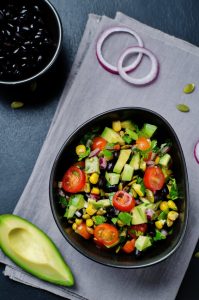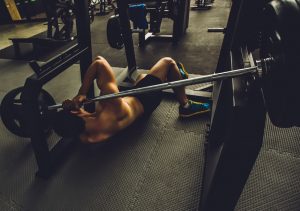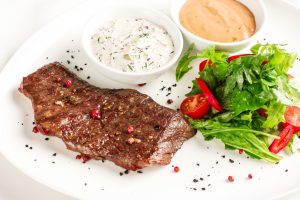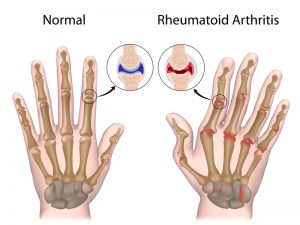This recipe comes from Cooking Without Recipes, where you learn how to make a delicious dish, but don’t worry too much about the nitty-gritty details of the recipe, so you can create your own spin!
Ingredients:
- 4 ears of corn
- pint (or two) of cherry or grape tomatoes
- two avocados, cubed
- cilantro
- 2 Tbsp. of lime zest
- 2 Tbsp. of lemon zest
- juice of half a lime
- juice of half a lemon
- 2 Tbsp. olive oil
- Salt & pepper
Directions:
- Fire up the grill! Peel down (but don’t remove) the husks from the corn and pull off any silk on the cob. Grill corn in husks, turning occasionally, until the cobs are a little charred and smoky, about 15 minutes. Remove the ears from the grill and let cool to room temperature.
- While the corn is cooling, halve a pint or two of cherry or grape tomatoes. If you’re working with smaller sweet tomatoes (I wouldn’t recommend using squishy heirlooms for this), quarter them.
- Once the corn has cooled, cut the kernels off the cob into a large bowl. Add the tomatoes and two cubed avocados, half-mashing the avocado into the rest of the mixture without making it too pasty. Mix in the leaves of about 5 sprigs of cilantro.
- Make a vinaigrette by combining 2 Tbsp. of lime zest, 2 Tbsp. of lemon zest, the juice of half a lime, the juice of half a lemon, and around 2 Tbsp. olive oil. Drizzle over the top of the salad and fold it all together, seasoning with flaky salt, pepper, and the leaves of a few more sprigs of cilantro to taste.
Bonus: If you’re making the salad in advance, grill the corn, chop the tomatoes, and make the vinaigrette ahead of time. Then just assemble (and cut into the avocado) when you’re ready!
Original recipe from Bon Appetit can be found here!







